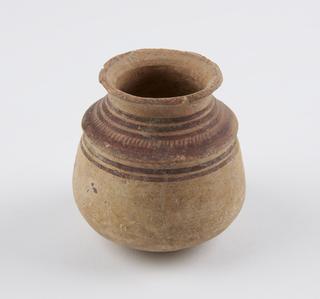
Persian pottery measure
circa 3000 BCE

circa 3000 BCE
2200-2000 BCE
circa 3000 BCE
3000 BCE
4000-30 BCE
4000-30 BCE
4000-30 BCE
4000-30 BCE
4000-30 BCE
4000-30 BCE
4000-30 BCE
4000-2001 BCE
3500-2001 BCE
3300-1200 BCE
4000-3000 BCE
3500-1500
5000-1 BCE
5000-1 BCE
4000-30 BCE
3000-1000 BCE
3000 BCE
2500-1000
3600-2500 BCE
4000-30 BCE
4000-30 BCE
2600-2300 BCE
4000-30 BCE
2600-2400 BCE
3000-500 BCE
2600-2400 BCE
23-14
4000-30 BCE
3000-1900 BCE
3500-2001 BCE
4000-1000 BCE
3500-2001 BCE
30 CE
3500-1500
5000-1 BCE
5000-1 BCE